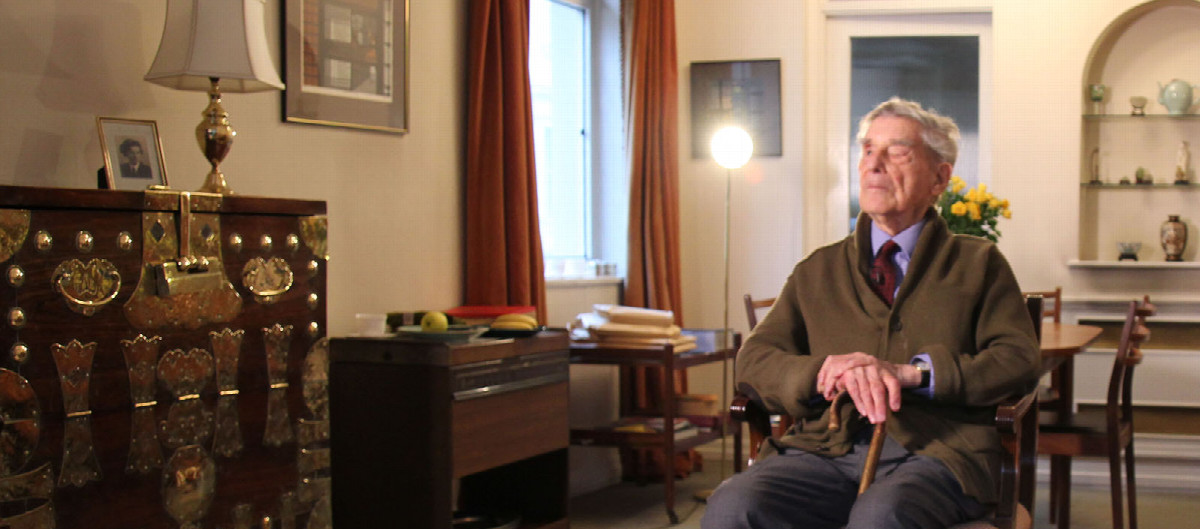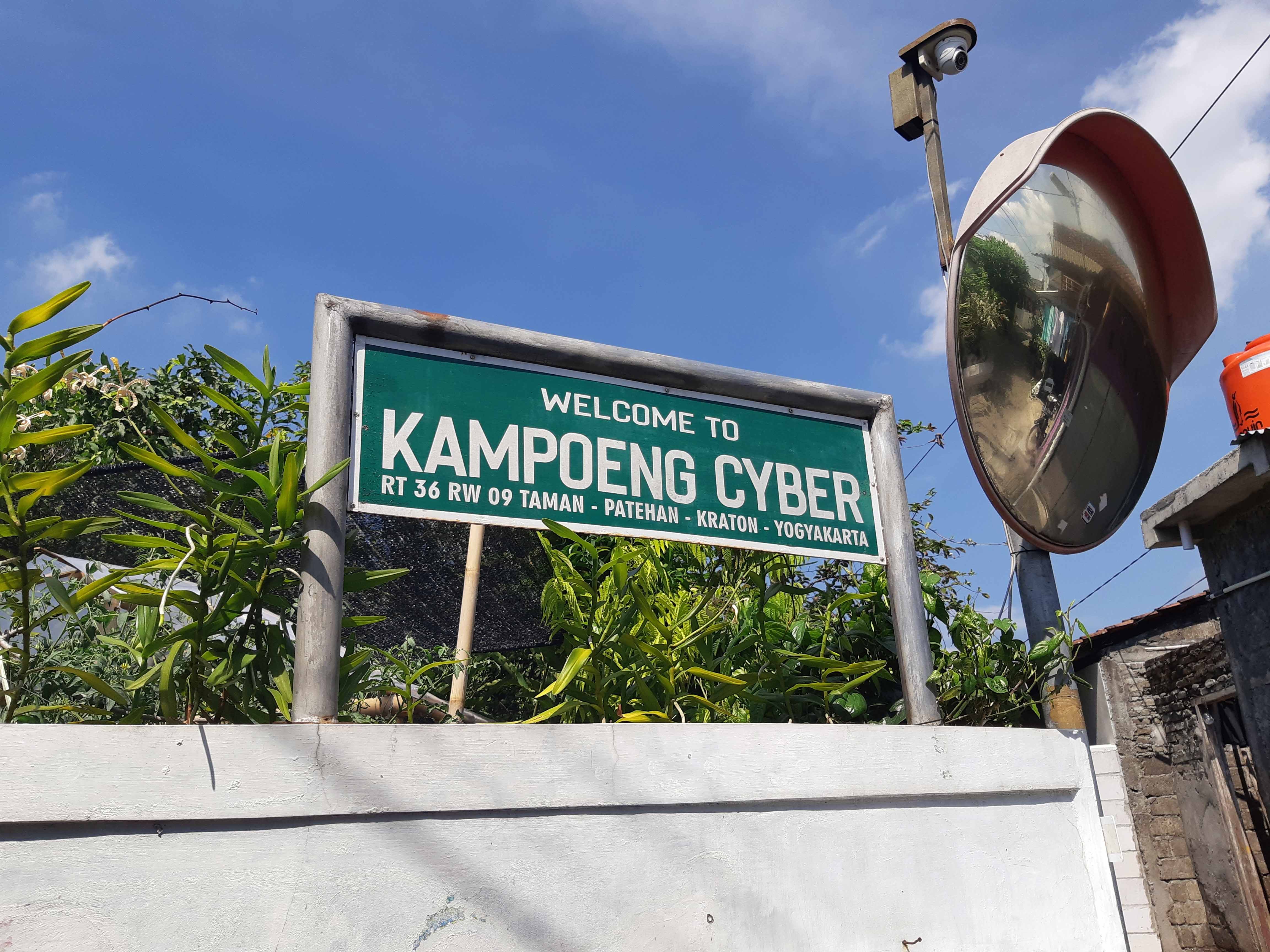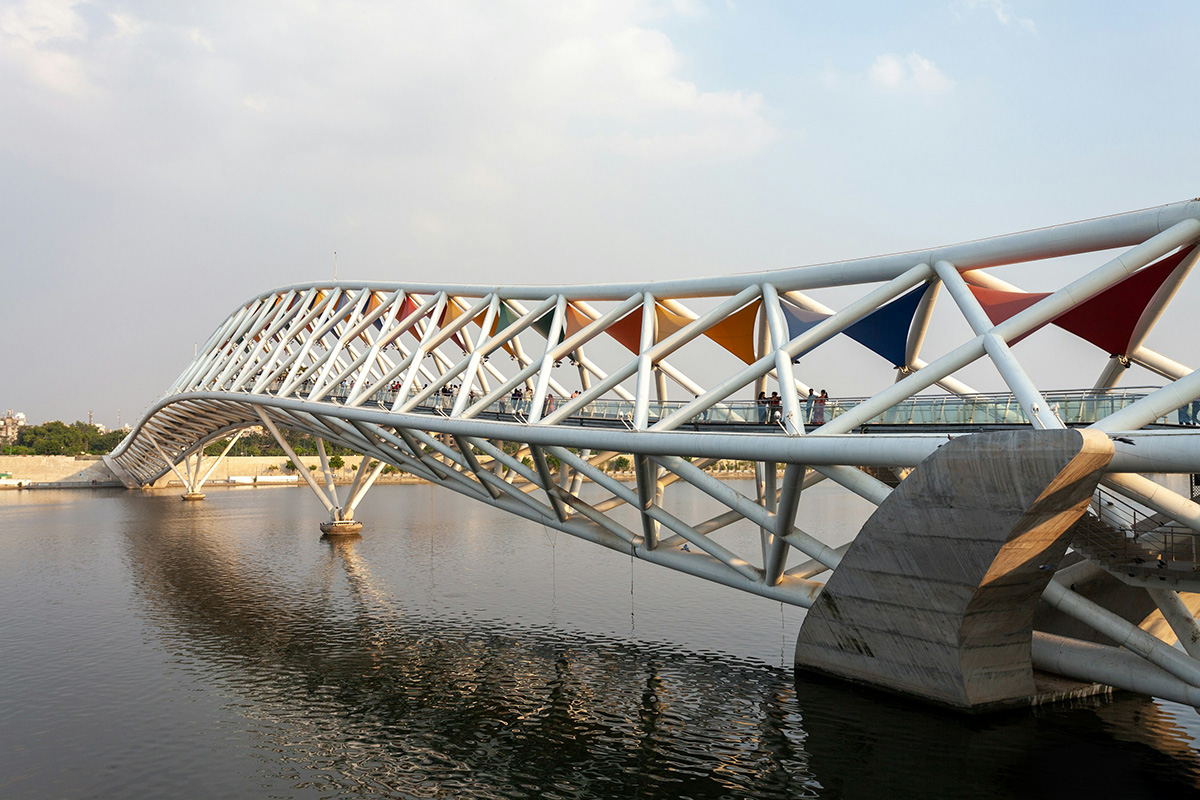“It is all because of my background as an architect,” was Michael Wright’s answer to my question as to why he insisted on building self-contained flats for the grassroots people of Hong Kong. But for a journalist, his answer falls short of addressing the question. It took three years to figure out why Michael persevered in his quest for self-contained flats more than six decades ago.
Nowadays, self-contained flats are a universal feature of Hong Kong’s public housing estates, as ordinary as the air that we breathe. However, it was not part of the plan when the administration committed to building resettlement estates to house the victims of the Shekkipmei Fire, and the poor living in squatters. But there are no “ifs” in history. There is no way to know what would have happened had Michael not intervened.
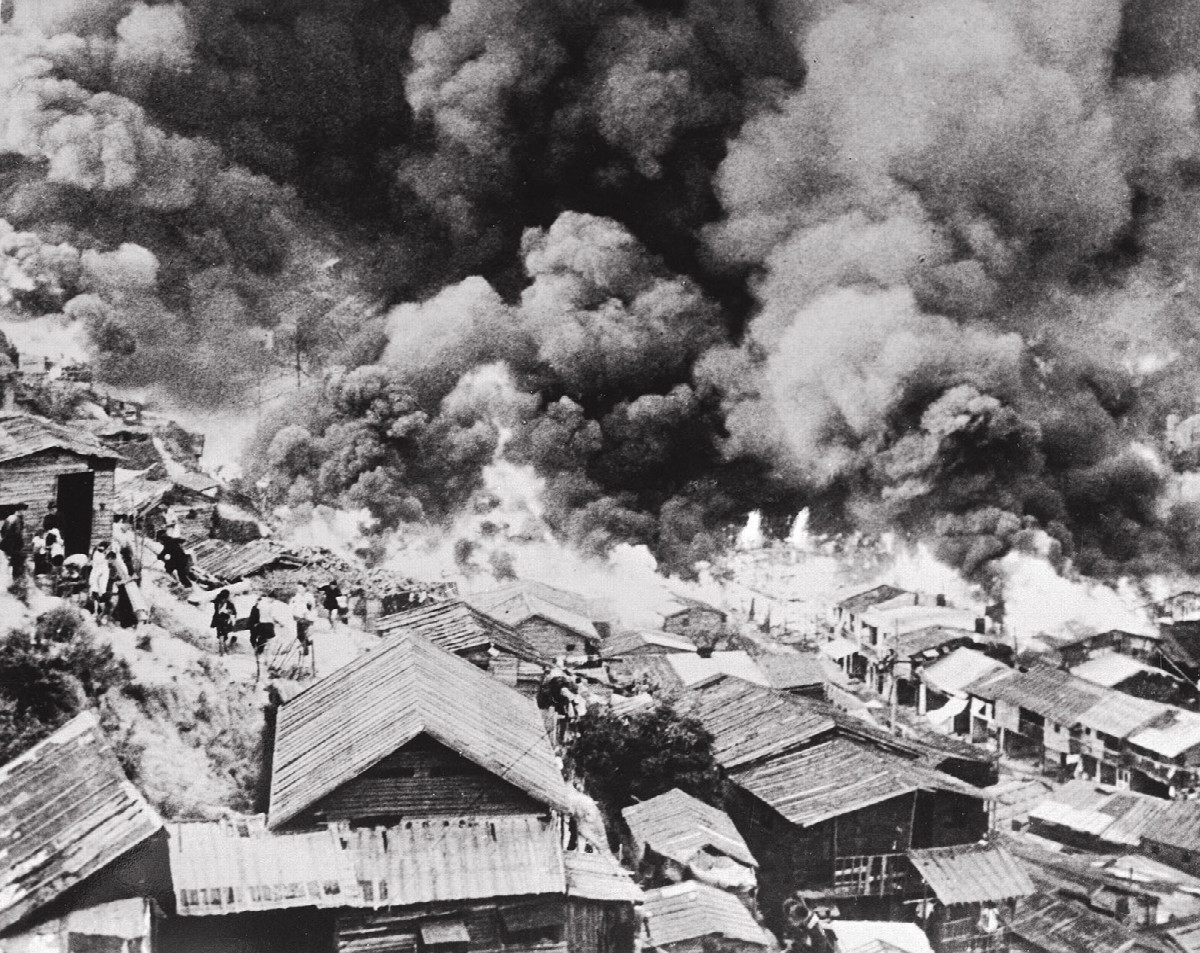
Michael Wright was Hong Kong’s Director of Public Works between 1963 and 1969. He was born in the Victoria Hospital in the Peak in 1912, and joined the Public Works Department (PWD) in 1938. As a humanitarian, he believes it is the government’s responsibility to provide decent accommodation for the poor.
The first generation resettlement blocks were built to house victims of the fatal fire in Shekkipmei on the Christmas Eve of 1953. But these were very crude abodes enclosed by four walls. The tenants had to share toilets and showers. Kitchens were makeshift structures along the public corridor. At that time, the PWD was the government’s architectural office, and Michael was already the department’s chief architect. He was charged with designing and building the resettlement blocks with the assigned budget. However, as a firm believer of decent accommodation for all, he was upset by the crude resettlement housings. He persistently pressed for self-contained flats for the poor.
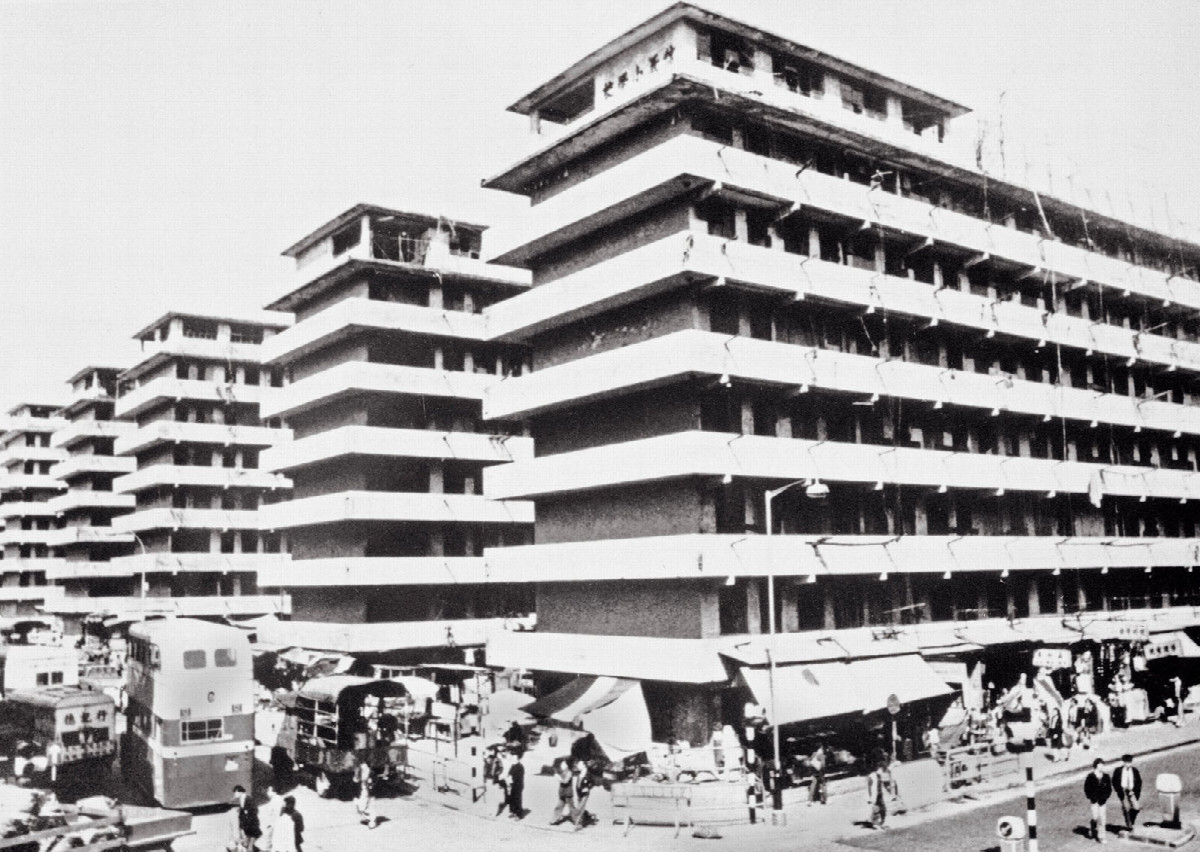
His firm commitment to building decent housing for the poor deeply impressed Douglas Clague, then chairman of the Housing Society. Both men fought in the Battle of Hong Kong and were heavily involved in the city’s post-war reconstruction efforts. Clague invited Michael to sit in the society’s building committee. The society adopted Michael’s vision before the Government, and gave it the name of “the Wright Principle”. In the obituary pieces, the press crowned him Father of Public Housing for his contribution in providing decent accommodation to the poor in the face of shoestring budget. But from where did this idea of decent accommodation originate? If Michael’s architectural upbringing alone explains his commitment, there should have been a lot of Michael Wrights.
The answer slips through because both interviewee and the interviewer took public housing for granted. Brought up in a post-war value system that believes in shelter for all, the baby boomers, their children and grandchildren unconsciously take the concept of public housing for granted. It is only by re-tracing how radical the idea of public housing was could we begin to make sense of Michael’s answer.
State provision of housing was such a radical idea that it took the progressives in Britain nearly a century to argue, experiment and implement. This eventually led to the birth of council housing. The long road to council housing included such milestones as the model dwelling movement, Octavia Hill management, and the Garden Cities in Letchworth and Welwyn. Industrialisation and urbanisation in Britain gave birth to new categories of workers in the manufacturing, transport and other industries. These workers lived in fast-growing industrial urban centres. Unfortunately, most of them were not able to afford decent accommodation in the urban area and ended up living in slums. The labourers and their slums were completely alien to the established system. The established value, belief and institution found that it had neither the tool nor language to deal with the alarming concentration of uncouth strangers in the cities.
In the early 19th-century, cities had no means to cope with the working mass. The existing system was obsolete. Individuals driven by religious love as well as secular empathy ventured in philanthropy. But, would philanthropy undermine the principle of self-help? Where should philanthropy end if assistance were to be made available? If the sick, aged and orphaned deserved kindness because they were victims of circumstance, what about the plights of the sinners? Should a line be drawn between the “deserved” and the “undeserved” when bestowing help? New arguments were put forth to challenge the convention. Poverty was not caused by moral decadence of the “undeserved”. It was the result of a faulty system - low wages, lack of labour protection, economic fluctuation and the hopelessly unhealthy environment. It took the First World War to win the debate. The power-holders recognised that the soldiers turned war heroes should be treated with respect or they pose a threat to social stability. This provided the basis for decent housing for the poor.
When the colonial administration in Hong Kong under Alexander Grantham committed to building accommodations to the homeless after the fire in Shekkipmei, Britain’s council housing had been in place for more than three decades. The socio-political factors that lead to Grantham’s commitment to public housing, however, were quite different from the British context. In both cases, however, the government’s commitment to public housing was only partly motivated by benevolence.
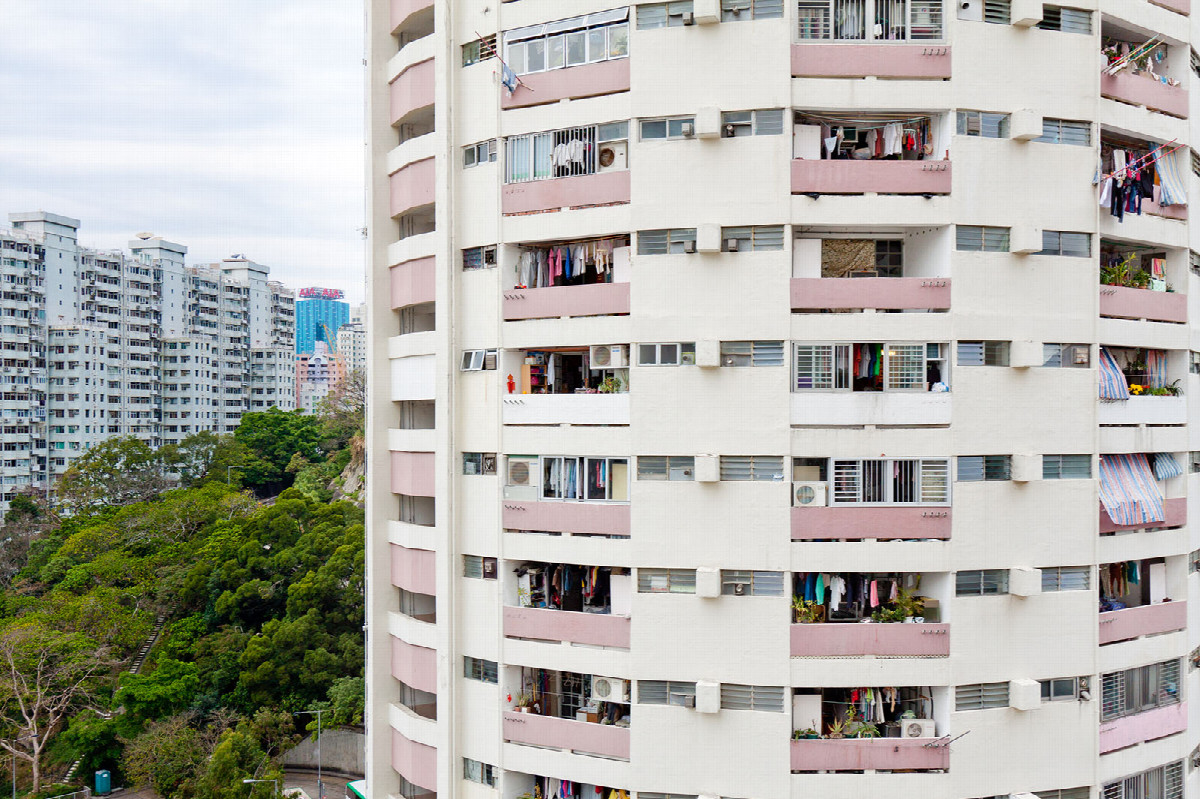
Post-war Hong Kong was a total mess. Most of the buildings were destroyed, either by bombs, burglars, or people desperately in need of fuel for cooking and keeping warm. Producing electricity was the priority of the city’s reconstruction. The city was so devastated that it needed to ferry food from the neighbouring countries and fly in cash from London. When the war ended, those who fled returned. Housing was in grave demand. The housing crisis deepened as China’s civil war gradually tipped the balance in favour of the Communist Party. Refugees streamed across the border for political shelter.
Michael returned to the civil service after the war, where he continued his work in the PWD. One of his earliest projects was to design accommodation for the senior civil servants because the city was inhospitable for European women. The administration’s logic was that the senior civil servants should concentrate fully on their work. This meant that they and their family must live in a secure and comfortable environment. However, even among the British elite, the decision to prioritise housing for senior civil servants over the rest of the community was met with severe criticism. It was argued that the government should first provide housing for the poor. One of the staunchest critics was Bishop Hall, head of the city’s Anglican Church. When the government ignored his call, the bishop used donation from London and gathered a group of reform-minded community leaders to set up the Housing Society. The society’s founding constitution was to provide housing for the labourer.
The fire in Shekkipmei was merely a trigger that sets the public housing programme into action. Behind the benevolence was the realisation that the refugee fleeing communist China would be here for good. The social cost of crude housing was much lower than the cost of leaving the people in squatters, not least because the land that was illegally occupied could be released for more productive uses. Within the remit set by the administration, the PWD architects, including Michael, were guided by their professionalism and designed homes for the poor. They equipped resettlement estates with the necessary facilities, including playground, school, market, shops and clinics.

But why did he insist on building self-contained flats for the working class? At the time Michael should receive formal education, Hongkong didn’t have schools that could cater to children of British descent. The Wrights sent their children back to England for school. In 1921, at the age of eight, Michael left for school in England. The European War ended just three years ago. In 1918, the Tudor Walters Report recommended self-contained, two-storey family cottages with front and back gardens, front doors, water supply cooking and sanitary arrangements as the standard for council houses. Bedrooms were required for privacy, and three was the norm. The estate should include green spaces for children to play in. Distantly related to the topic but a landmark breakthrough in civil liberties, women in Britain aged 30 or over and with property won their right to vote in 1918. A decade later, women’s voting age was lowered to 21. In the 1920s, progressive architects and planners were concerned with the design of council flats and management of the estates. Michael was brought up in an era that has already accepted it is the state’s duty to provide decent accommodation to the poor.
In 1930, Michael became an article pupil of architecture. He also enrolled in the School of Building in the Regent Street Polytechnics (now University of Westminster). In the evening school, he studied the history of architecture, architecture design, building construction, drainage and sanitation, and everything an architect and surveyor needed for their job. By then, council housing had become integral to the British society. Michael matured alongside a new generation of architects who embraced modernism and humanism.
To an extent, Hong Kong resembled London. In London, industrialisation resulted in labours being congested in urban slums. In Hong Kong, colonisation brought fast track urbanisation. Since the colony’s inception, labours have been pouring in from the surrounding rural communities. They had neither land nor property in their newfound home. During the155 years of British colonial rule, Hong Kong’s population was highly correlated to political situation in mainland China. The British colony was a haven for those fleeing political instability across the border. Urbanisation, industrialisation and political stability attracted waves and waves of labourer and refugees. The Chinese population were congested in poor and overcrowded tenements. Thus, slums were common in both London and Hong Kong back when Michael was studying architecture.
It is easy to blame the colonisers’ exploitation for the ills of Hong Kong society. One example is the notorious Peak Ordinance, under which the Chinese could only reside in the Peak with the Governor’s permission. But inquisitive minds avoid generalisation and stereotypes. Social progression is built on compassion as well as critical analysis of the past and present. It is well-documented how early Chinese merchants seized racial prejudice to rebuff health regulators who wanted to mandate the building of alleyways between residential blocks. In 1879, a group of Chinese merchants petition against sanitary reforms under which they had to build alleys between buildings for air, sunlight and fire safety. Without alleys every inch of land could be sold. These merchants went as far as claiming that the Chinese were different from Westerners in their living standards and health practices. They argued that the Chinese community would not appreciate the sanitary provisions designed for a superior class of residence.
Michael Wright’s father was also an architect who retired as the PWD’s assistant director. In our interview, Michael shared with me one of the conversations he had with his father, on a subject both knew by heart. The conversation reveals the gap between these two generations of architects. The conversation took place in December 1945, where Michael was in his parent’s home in Essex for his long overdue leave. The son asked his father why there were no amendments to the building ordinance to extend the frontage of the tenements.
Michael: The requirement for tenement frontages was always 14-foot. Why didn’t you extend it to 20-foot?
Arthur: What’s wrong with 14-foot? There was nothing wrong. It was rather good accommodation.”
Michael: No, people were dying of tuberculosis. They were living in unhealthy, appalling living conditions.”
Arthur: So what?
Michael was piqued by his father’s attitude and never talked to him about Hong Kong again. Nevertheless, Michael went at lengths to explain that his father was not a bad person. It was merely a clash between the old world and the new.
Timeline of relevant events
1903 – Arthur Edgar Wright, Michael’s father, came to Hong Kong to join the Public Works Department (PWD)
1912 – Michael was born in the Victoria Hospital in the Peak
1918 – The release of the Report of the Committee appointed by the President of the Local Government Board and the Secretary for Scotland to consider questions of building construction in connection with the provision of dwellings for the working classes in England and Wales, and Scotland, more commonly known as the Tudor Walters Report.
1919 – Mass provision of council housing in Britain began
1921 – The Wrights sent Michael and his elder brother Denis back to England for education
1929 – Le Corbusier’s The City of Tomorrow and Its Planning published.
1929 – Ill health forced Arthur to early retirement. He returned to England in the same year, aged 49.
1930 – Michael became an article pupil of architecture and enrolled in evening school at the Regent Street Polytechnics.
1933 – Michael started working in an architecture studio in Regent Street. He moved to a bigger firm after being chartered.
1938 – Michael was offered the firm’s partnership. Instead of accepting the partnership, he took up the PWD’s offer, returning to Hong Kong the same year to join the building ordinance office.
Originally published at www.urbandiarist.com. Dr Chloe Lai is curator and storyteller of Urban Diary. She is also producer of the "Wright Chronicle" documentary.

